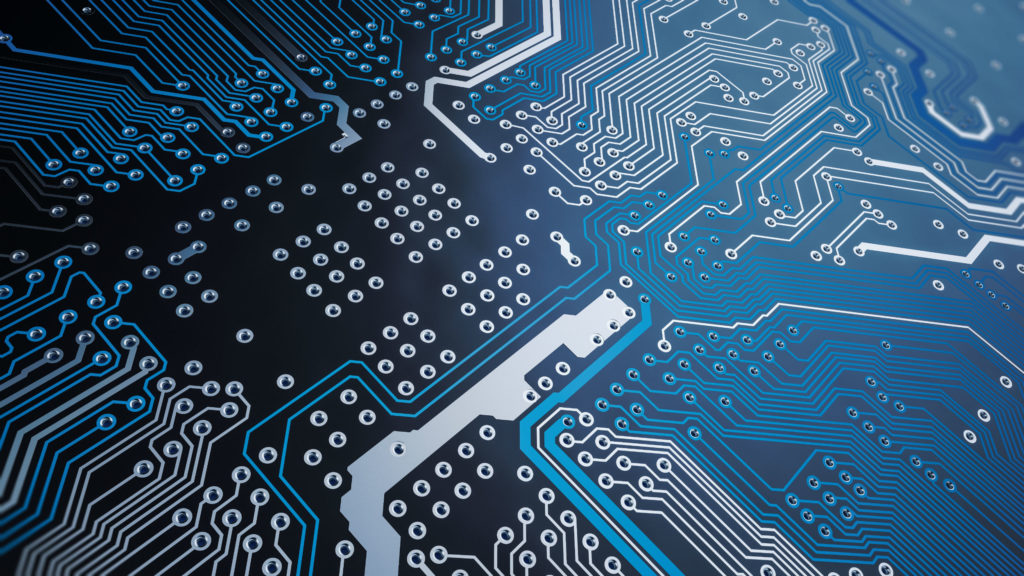Topics
Digitization in the energy sector
Prof. Dr.-Ing. Joachim Schenk, Munich University of Applied Sciences
“Digitization” is a megatrend that impacts almost all areas of daily life. Handling both the opportunities and risks of digitization will pose a significant challenge for the future. Digitization can, for example, permanently alter – and in some cases even entirely replace – established processes and structures.
The energy sector is currently facing its biggest challenge: the energy transition, i.e. the decarbonisation of our energy supply. One key to overcoming this challenge is digitization: already today, digitization enables energy generation and load control over very wide geographic areas, allowing several consumers to be interconnected to form one virtual consumer (known as “demand response aggregator”) or small producers to be combined to form one “virtual power plant”. The simultaneous use of new technologies such as Power2Heat and Power2Gas also enables load distribution across different sectors.
According to the German Federal Statistics Office, some 900 TWh of energy was taken from the gas grid in 2018, more than twice as much as from the electricity grid (around 440 TWh). For this reason, the gas industry is of paramount importance for the success of the energy transition.
Digitization in the literal sense describes the temporal sampling and subsequent value quantisation of analogue (measurement) values. The data digitized in this way can be stored, duplicated, transmitted and, above all, processed with the aid of digital computers.
The SmartSim method represents a major step towards digitization in the energy sector. It uses various digitally available data, processes them and in this way allows renewables to be integrated into the existing gas grid, for example. For the process itself it is irrelevant whether the gas fed into the pipeline grid is biogas from fermenters, hydrogen from Power2Gas plants or methanized hydrogen. With digitization, calibrated measuring equipment can be made available virtually – i.e. by calculation – at all points of the grid. The Monte Carlo method can also be used digitally to check the uncertainty of the readings collected. This avoids the need for complex measurements at the exit points or even calorific value adjustments. In practice, digitization provides a number of distinct advantages:
- The absence of conditioning systems and the reduction of measurement infrastructure increases operational safety and availability.
- The costs for grid operators are effectively reduced.
- The grid capacity is increased by not admixing gases that raise the calorific value.
- Digitization allows the injection of renewable hydrogen in the first place.
At the same time, digitization also necessitates structural changes on the grid operators’ side: (digital) interfaces must be adapted, employees must be trained to use the relevant software and operational reliability is no longer needs ensured at the hardware level but at the software level. Thanks to this small digital revolution, around 90000t of CO2 have been already been saved across Europe so far.
For this innovative use of digitization, the SmartSim method received the “TÜV Süd Innovation Award” (2nd place) in 2019.
Another digital abstraction of the gas grid is currently being investigated in a joint research project with Munich University of Applied Sciences. In “SmartSens”, the gas grid is modelled as a digital signal processing system (see figure). This way, the travel times and volumetric fraction of gas properties (composition, standard density, calorific values, etc.) – measured at the entry and exit points – can be determined by digital signal processing using sensors without knowing the topological parameters of the pipeline grid (pipe lengths and diameters, branches, controllers, etc.). This allows the validation of gas quality tracking systems such as SmartSim even under complicated hydraulic conditions.
Conclusion: Digitization can make a contribution to the energy transition – with SmartSim and the associated projects, this is already happening today.



